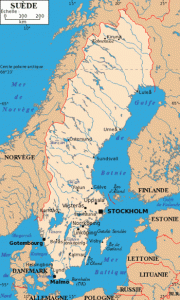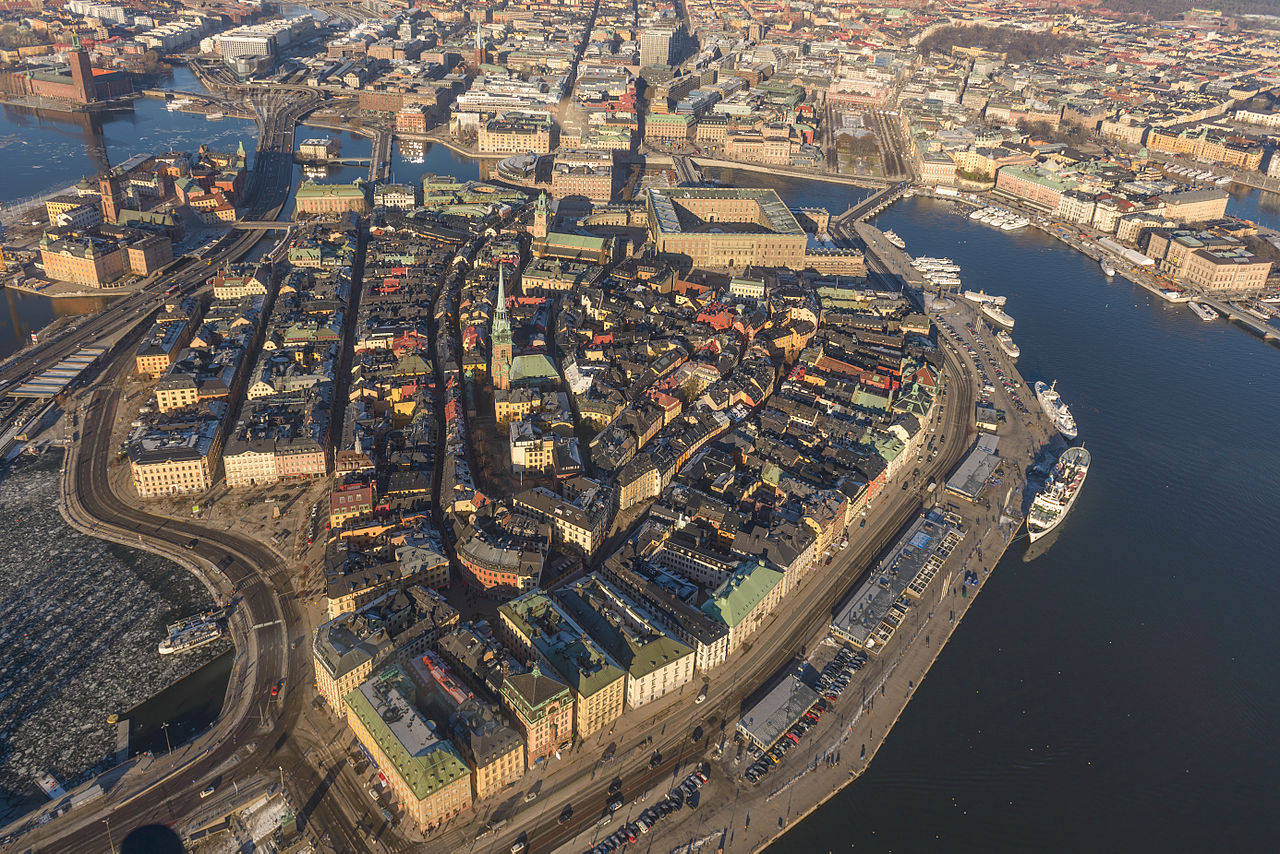
| Official name | Kingdom of Sweden |
| Name in local language | Konungariket Sverige (sv) |
| Continent | Europe |
| Subcontinent | European Union |
| Population (ranking: 89e) | 10,402,070 inhabitants (2021) |
| Population growth | 0.50 % / year |
| Area | 528,861 km² |
| Density | 19.67 inhabitants / km² |
| GDP (ranking: 24e) | 537.610 billions $USD (2020) |
| GDP/capita (ranking) | 51,926 $USD (2020) |
| GDP growth | -2.80 % / year (2020) |
| Life expectancy (ranking) | 82.70 years (2018) |
| Birth rate | 11.90 ‰ (2014) |
| Fertility rate | 1.78 children / woman (2017) |
| Death rate (ranking) | 9.20 ‰ (2014) |
| Infant mortality rate (ranking) | 2.41 ‰ (2017) |
| Literacy rate | 100.00 % (2021) |
| Official languages | Swedish |
| Currency | Swedish krona (SEK) |
| HDI (ranking: 12e) | 0.945 / 1 (2019) |
| EPI (ranking) | 80.51 (2018) |
| Government | Unitary parliamentary constitutional monarchy |
| Head of State | King Carl XVI Gustaf |
| National Day | 6 June |
| ISO Codes | SE, SWE |
| Demonym | Swedish |
| Tourists (ranking) | 7,054,000 people (2017) |

10 million unhabitants
Sweden is a northern European state located in Scandinavia. It shares borders with Norway to the west, Finland to the north-east, and is separated from Denmark by the Øresund, a strait whose narrowest section is 4 kilometers wide. A bridge crosses this strait, connecting the two cities of Copenhagen, the capital of Denmark, and Malmö, the third largest city in Sweden. The capital of Sweden is Stockholm. The inhabitants of the country are called Swedes. His official language and majority language is Swedish. Finnish and Sami are also spoken, mainly in the north of the country, a region occupied by Lapland, called Sápmi by its inhabitants, the Sami (or Sames), who were the first inhabitants of northern Scandinavia.

Source: Wildlife Archives
Source: www.auroresboreales.com via Northern Lights on Wildlife Archives
See all related maps or articles
Urban areas (2021)
| Urban areas | Population |
|---|---|
| Stockholm | 2,395,679 inhabitants |
| Göteborg (Gothenburg) | 1,051,244 inhabitants |
| Malmö | 749,427 inhabitants |
| Uppsala | 234,384 inhabitants |
| Linköping | 164,684 inhabitants |
| Örebro | 156,295 inhabitants |
| Västerås | 155,858 inhabitants |
| Helsingborg | 149,407 inhabitants |
| Norrköping | 143,599 inhabitants |
| Jönköping | 142,630 inhabitants |
| Umeå | 130,255 inhabitants |
| Borås | 113,763 inhabitants |
| Eskilstuna | 107,039 inhabitants |
| Halmstad | 103,988 inhabitants |
| Gävle | 102,910 inhabitants |
| Sundsvall | 99,448 inhabitants |
| Växjö | 94,884 inhabitants |
| Karlstad | 94,823 inhabitants |
| Kristianstad | 86,286 inhabitants |
| Luleå | 78,487 inhabitants |
See all urban areas
Administrative divisions
| Counties | Population | Area |
|---|---|---|
| Blekinge | 158,871 inhabitants | 2,931 km² |
| Dalarna | 287,839 inhabitants | 28,029 km² |
| Gävleborg | 287,530 inhabitants | 18,118 km² |
| Gotland | 60,288 inhabitants | 3,135 km² |
| Halland | 337,361 inhabitants | 5,427 km² |
| Jämtland | 131,356 inhabitants | 48,935 km² |
| Jönköping | 365,369 inhabitants | 10,437 km² |
| Kalmar | 246,152 inhabitants | 11,165 km² |
| Kronoberg | 202,274 inhabitants | 8,424 km² |
| Norrbotten | 249,505 inhabitants | 97,239 km² |
| Örebro | 305,653 inhabitants | 8,504 km² |
| Östergötland | 467,510 inhabitants | 10,559 km² |
| Skåne | 1,391,075 inhabitants | 10,968 km² |
| Södermanland | 299,641 inhabitants | 6,075 km² |
| Stockholm | 2,395,679 inhabitants | 6,524 km² |
| Uppsala | 389,491 inhabitants | 8,190 km² |
| Värmland | 282,762 inhabitants | 17,519 km² |
| Västerbotten | 273,319 inhabitants | 54,665 km² |
| Västernorrland | 244,607 inhabitants | 21,549 km² |
| Västmanland | 277,645 inhabitants | 5,118 km² |
| Västra Götaland | 1,735,879 inhabitants | 23,800 km² |


